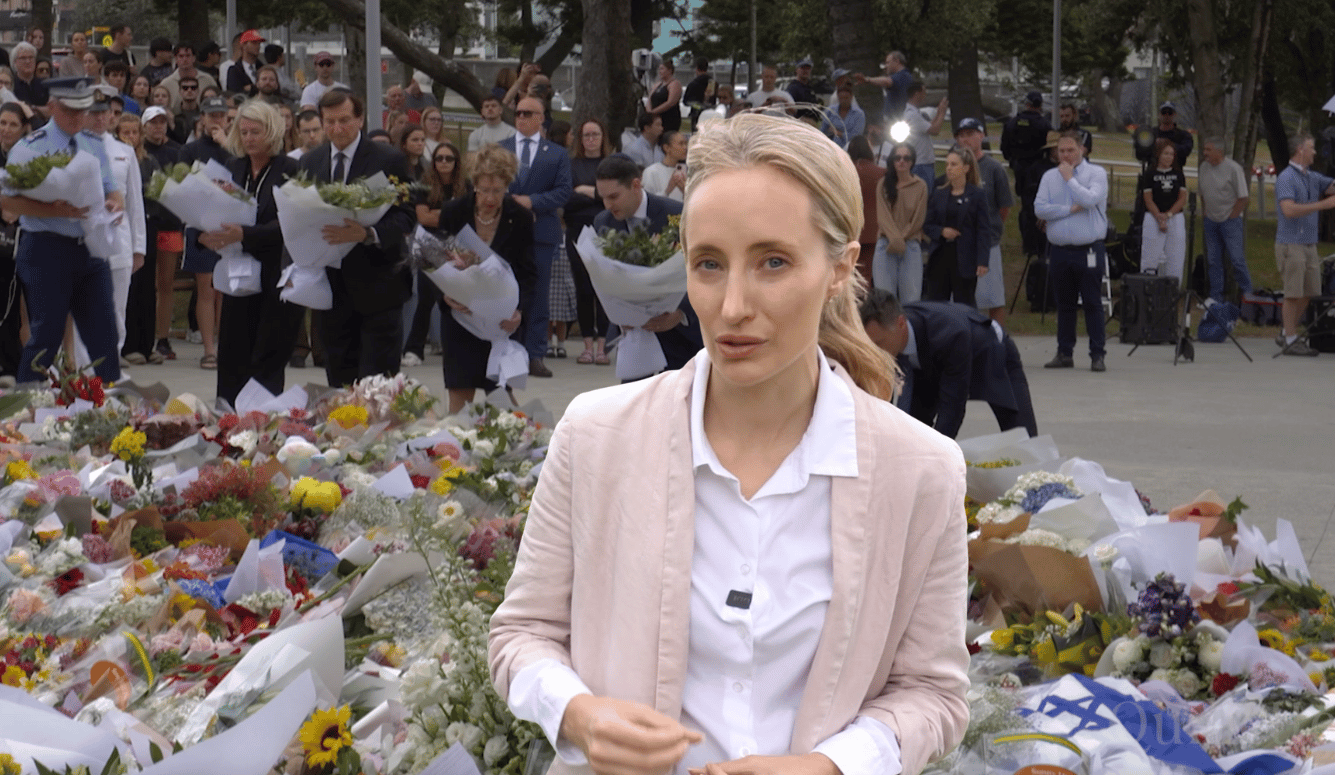Science
False Claims Undermine Good Causes
Domestic violence and family abuse are a scourge on all human societies. Events such as White Ribbon Day play an significant role in breaking down the shame and stigma which make it so hard for individuals to seek help.

Today is White Ribbon Day. It is an important symbolic event reminding us all to be aware of violence against women.
Domestic violence and family abuse are a scourge on all human societies. Events such as White Ribbon Day play an significant role in breaking down the shame and stigma which make it so hard for individuals to seek help. I wholeheartedly support this aim. What I do not support, however, are dodgy statistics and false claims, which belittle this good cause. On Monday, 25th November, 2014, SkyNews Australia published the following tweet:
Violence against women is the leading cause of death for women aged 15 to 44 #lunchagenda #auspol
— Sky News Australia (@SkyNewsAust) November 24, 2014
This is a sensational claim that is easily fact-checked. Research institutions such as the Australian Institute of Health and Wellbeing (AIHW), the Australian Bureau of Statistics (ABS) and the Australian Institute of Criminology (AIC) keep records of causes of death, and rates of victimisation for people in this age group every year.





